Why Does Your Enterprise Need Custom Mobile App Development?
Today, if you turn your face towards any company out there, you will barely find anyone not using modern software or applications to run their organization. Yes. And let us be clear, we are not just indicating top Digital Marketing service providers or Online Assessment service providers around you. Even cab companies, like Uber and Lyft are using cloud-based applications to offer their services to their target clients. Now the question comes, is the functioning and operations of your business also dependent on any app or software? Do you think it is living up to your expectations? Or, are you facing any issue in scaling your business to the level you want using your current application or program? If that is the case, we have some good news for you. But, what? Well, you can make the most of professional custom mobile app development services to develop a desired application for your corporation.
Yes, you read that right! Only when you do that, you will be able to get a highly scalable app or software for your agency that will help grow your company sooner than later. Not just that! Suppose you want to offer some products or services in other areas too tomorrow or any day after tomorrow. Then, in that condition, a custom mobile app will support your objectives and you will be able to accomplish your business goals like a breeze. And it is the main reason many business owners across the globe do not choose ready-to-go platforms to build their apps even when they need it pretty fast. Because they know that off-the-shelf platforms may give them fast solutions but won’t match the specific needs of their establishment in the long run. And if you think that meeting the minute requirements of your android app development is necessary, please do not hesitate to hire a widely-known web design and development company on the web. Yes. Post you have done that, they can create a custom mobile or web app for you that will fulfill the targeted needs of your organization now and in the future too. Comprehended? If yes, it is time to delve deep in:
What is Custom Mobile App Development?
————————————
The name already indicates what it refers to. Isn’t it? Custom mobile app development is the process of developing applications specifically as per the needs and expectations of one’s business. Generally, developers build fully or partially customized apps to address the needs of a specific audience instead of the whole group of individuals. This sort of app development is also known as:
- Bespoke
- Tailor-made software
But the reason? Well, customized iOS app development can provide you with various features and functionalities that are not within the reach of simple off-the-shelf platforms. And do you know what the most interesting news is? Almost all applications or software that you find in the market are custom-based, not readymade. However, it is true that many off-the-shelf features that you see in such apps have been picked from third parties. Generally, such integrations are done for:
- Chats
- Administrative boards
- CRMs
- Other functions
A case in point is that there is a popular In-App Chat API which integrates a readymade messenger chatbot into the products of different businesses. Now even though it has been integrated, that chatbot can be partially customized as far as design colors are concerned. Still, there is a limitation to how much you can change in it. So if an integrated application does not suffice your requirements, it will pay off if you opt for a custom chat development service or contact a custom mobile app development company.
Now let’s see another example! When creating a video-sharing app for realtors, the reputed web design and development companies prefer not to use a readymade chat. Do you know why? Because they know that ready-made solutions do not let users share custom video messages. And that’s why it is necessary to develop a custom chat software that will fit the bill of the app in a better way. Hence, if the needs of your core product or service is something similar and you are not able to include a particular feature or function in your application that you want, it is high time to get in touch with the topmost custom mobile app development company.
Yes. It is ok to count on ready-to-go options sometimes, but not always. It’s because there are times when you need something unique for your product or service and that’s where custom android app development comes into the picture.
Why should your organization make the most of custom mobile app development?
————————————
1. Personalized user experience
So far, perhaps custom mobile app development is the only method any business or entity can adopt when they want to ensure their potential customers get personalized and highly satisfactory user experience. As discussed above, a custom application is created keeping a specific group of people in mind. And the features a particular app or software contains varies based on the type of business it is developed for. Because when you offer an impressive user experience, then only customer engagement improves. And when the customer experience is improved, you can surely expect to receive a higher return on investment.
2. Improved productivity
It doesn’t matter whether you operate a medium-sized business or a large scale enterprise, relying on custom iOS app development will facilitate smooth workforce collaboration by incorporating several functions. Small agencies can avail a single app with a multitude of functionalities integrated, while the bigger ones find it suitable to have separate applications that are incorporated, allowing cross-team accessibility whenever required. Either way, customized mobile applications will boost your efficiency which will further shoot up organizational productivity big time.
3. Greater scope of scale
Now if you think that the scalability has only to do with your systems, we must say it has a lot to do with your business scope too. It’s because the scalability of your custom android app development is decided by the actual scope of your business. And if you are mapping out a plan to expand anytime soon, it is a wise decision to state the same to your hired developers. Wondering why? Well, it will help your prospective software professionals to build the targeted features accordingly. And if in future the scope of your business expands massively, the same mobile app will tick all the right boxes for you. Resultantly, you don’t have to do extra investment every time you want to enhance your application further. And that will aid you in shifting your focus to other aspects of your establishment which will help generate more revenue for you.
How does a renowned mobile app development company build a custom mobile app?
————————————
A custom mobile app development process comprises multiple key steps which may differ depending on the specific needs of your project. Still, a standard method to create a custom mobile application is:
1. Create a plan
In the initial phase of a project, it is essential for all developers to define three most monumental things that are:
- Goal of the app
- Objective of the app
- Requirement of the app
Doing this will guide the whole development process and help create a plan to get assistance to create the app.
2. Design
This step entails developing the user experience and visual design of mobile apps, including:
- User interface
- Navigation
- Overall appearance
3. Development
It is the main phase where a mobile app is actually developed and that is done with the help of a combination of programming languages, frameworks, and the rest of the tools that can enable the development process to happen. Wads of iterations of testing and debugging usually occur at this stage so that the app can be ensured to function properly down the line.
4. Testing
While the iOS app development process is going on, the concerned application is tested time and again to ensure that it perfectly fulfills the requirement and works in a way it is expected to. And while all this is happening, a developer may test the app on various devices and platforms and pass the app through user acceptance testing. But, why? To discover whether the app they are building is user-friendly or not and whether it meets the overall requirements of the user or not.
5. Deployment
As soon as the entire testing work finishes, the app is ready for release. Next, it will be uploaded on the app store or other distribution channels out there from where the target users can download it effortlessly.
6. Maintenance and support
Finally, when the app is developed and released in respective places, it will need continuous maintenance and support to ensure that it keeps functioning excellently and meeting the future needs of the users. Beyond that, the developers might need to add new features or functionalities to the app and offer the much-needed support and assistance to users throughout the process.
Summary
So, this is the whole story of custom mobile app development. By reading this long-sized write-up you must have got an idea of why your enterprise should leverage the benefits of custom mobile application development. With a custom app at your disposal, you can’t just provide the features to your potential consumers that your rivals do not deliver, but also you can convince your clientele why they should choose your product or service over your opponent’s. Thus, if you liked the details shared in this content about custom web or mobile app development and want to build one for your organization right away, we would recommend conferring with the most dedicated representative of an accomplished web and app development company on the cloud.

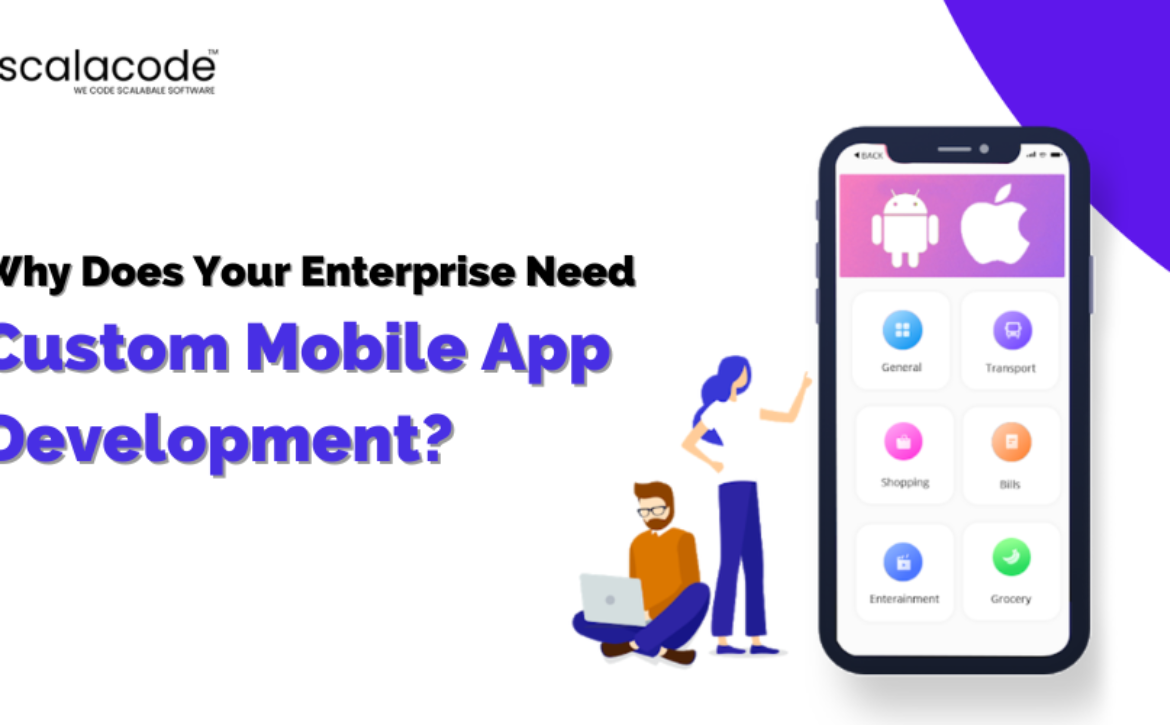

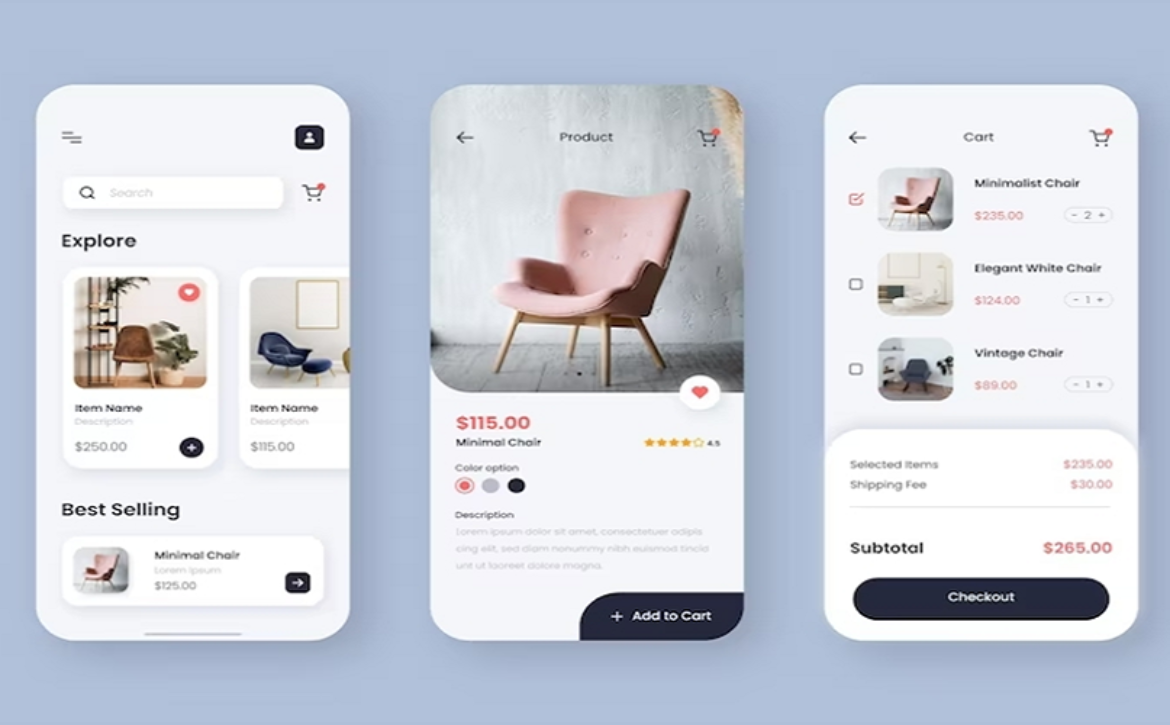
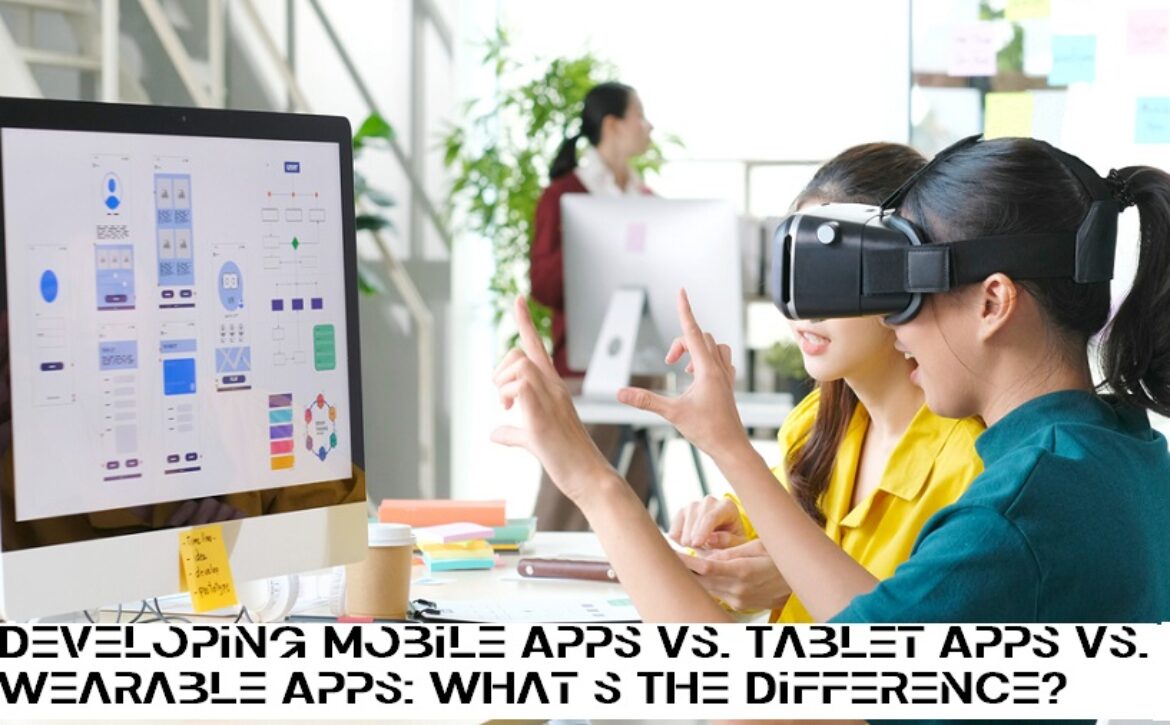
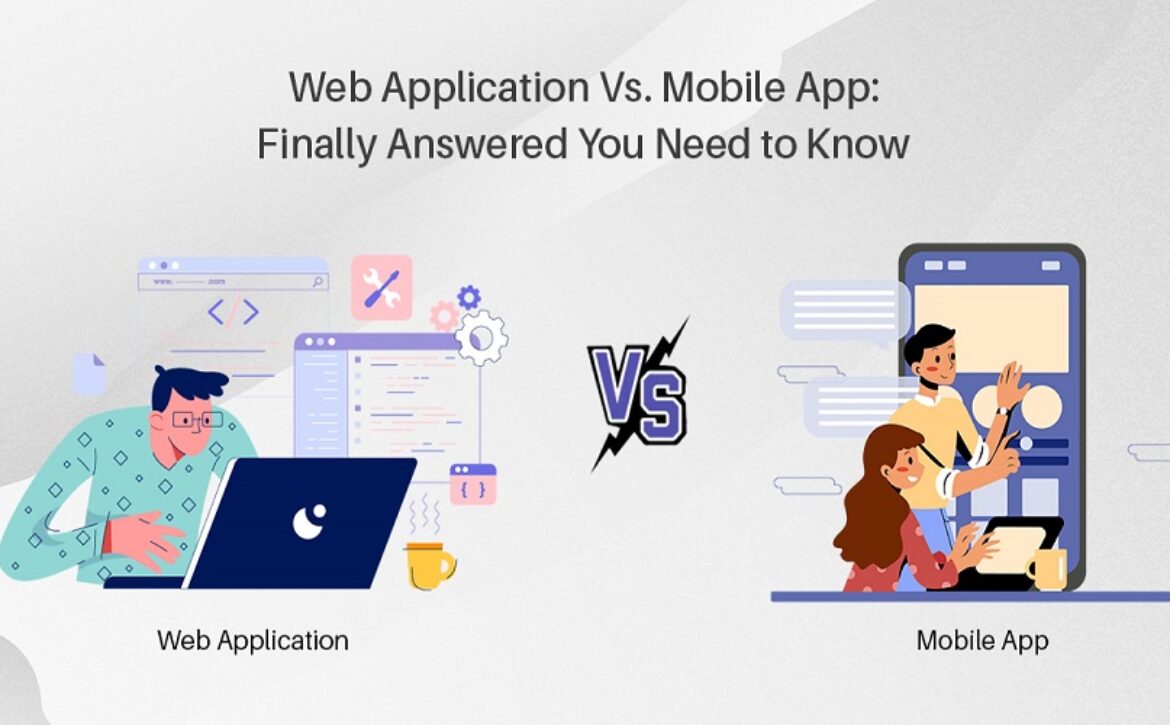


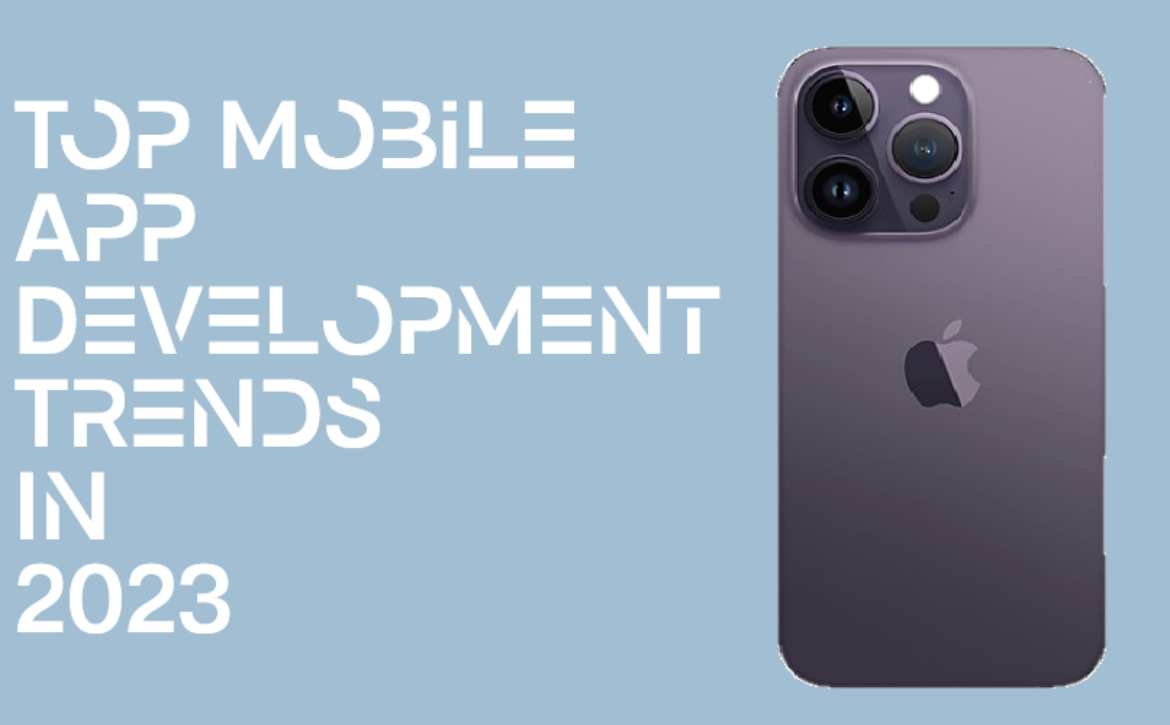
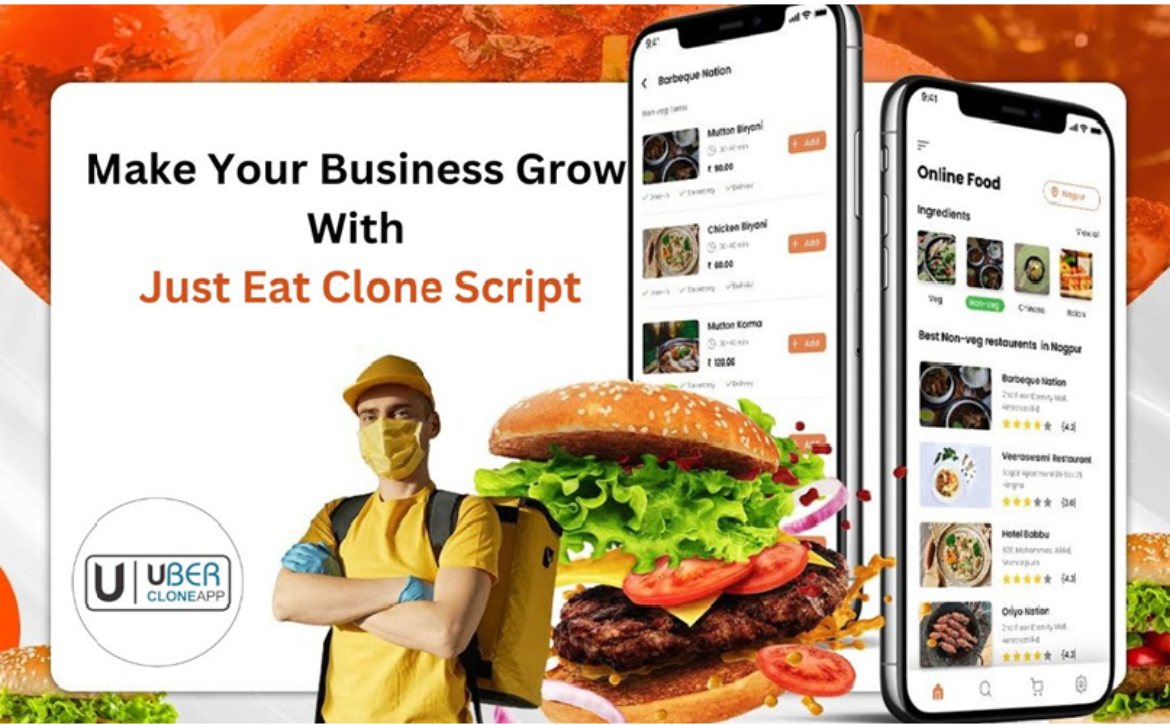
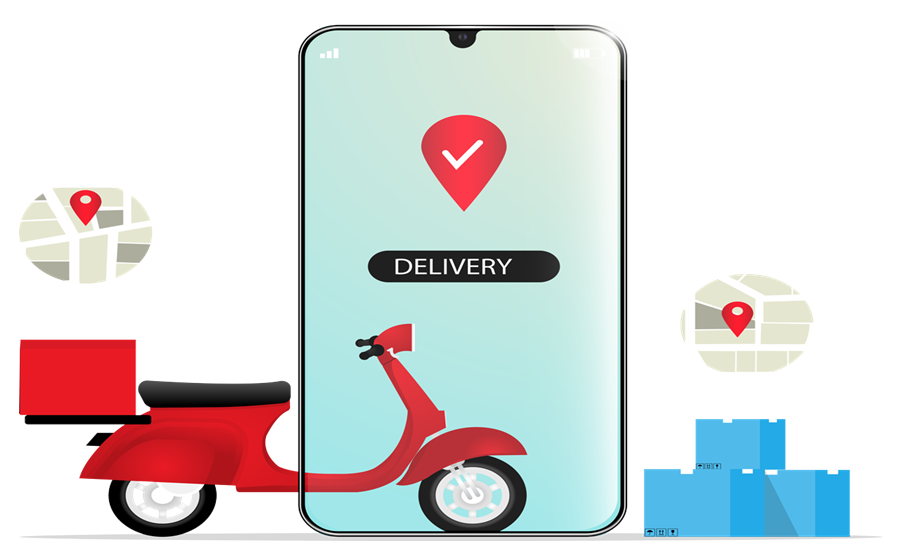 Just Eat clone script features
Just Eat clone script features